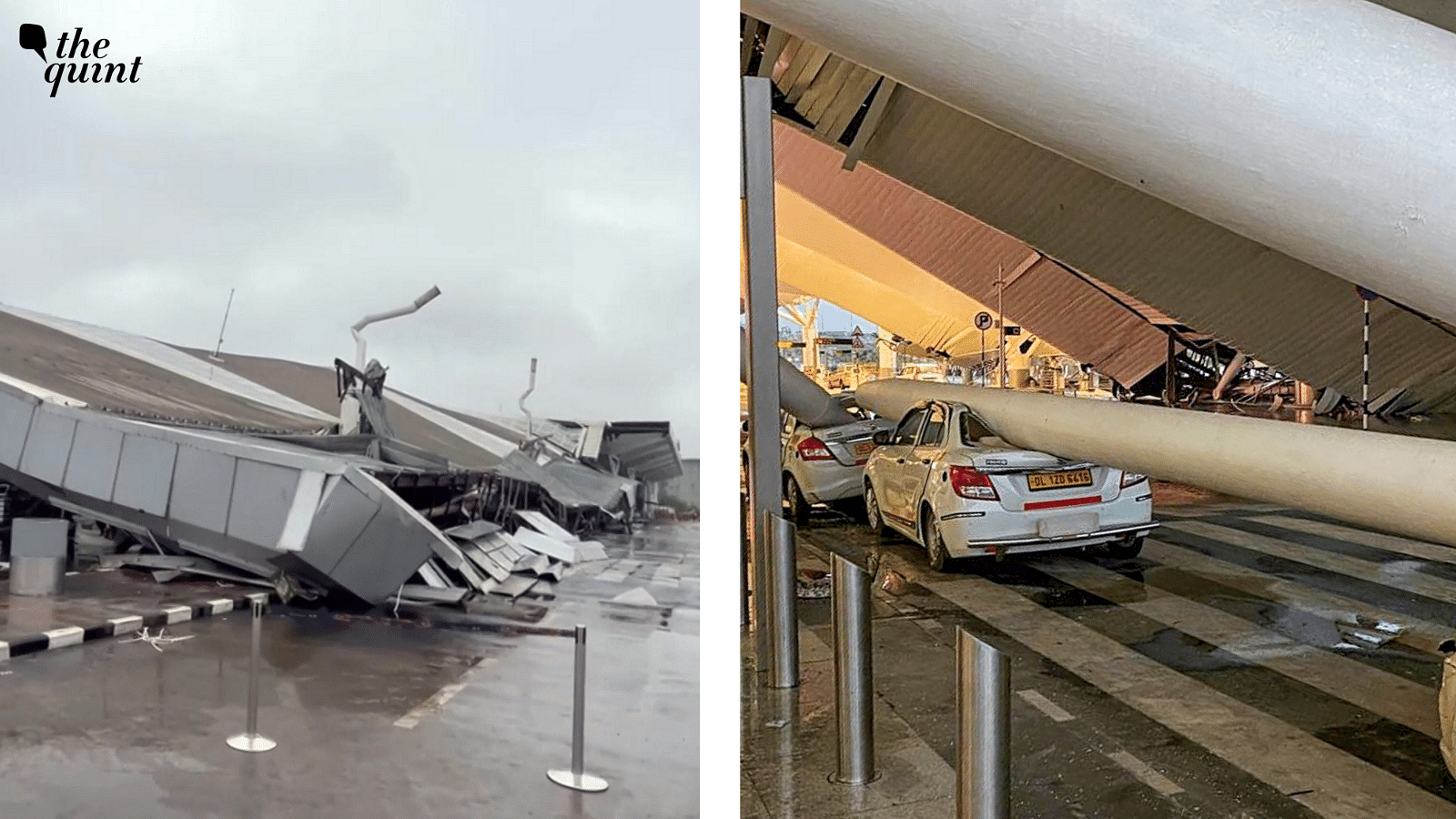There seems to be sparse awareness that more the urbanisation, higher is the level of disaster vulnerability. Hence, all our urban spaces must be climate-adapted, sustainable, and future-ready – but there is not a single town or city in India that is thus.
On the other hand, a city that was well-designed, Chandigarh, is now facing incremental deterioration. Besides, a city may be “smart,” ie, the officials precisely know what is happening where in near-real-time – but in the end, it boils down to addressing each of those problems swiftly and competently.
And for that, a “smart” force is required – yet, all we have is the same old archaic, pedantic workforce with arcane mindsets and tools.
Amazingly, the fact that any infrastructure, irrespective of who built it, is required to be maintained, is glibly glossed over. Niranjan Sahoo, a senior fellow at the Observer Research Foundation, while calling many of the infrastructure projects an “electoral gimmick,” added that “infrastructure is just not about building those bridges, airports, ports, and roads. It is also about governance, about maintaining them,” and that disasters like the 28 June airport collapse raise questions about the quality of India’s infrastructure.

